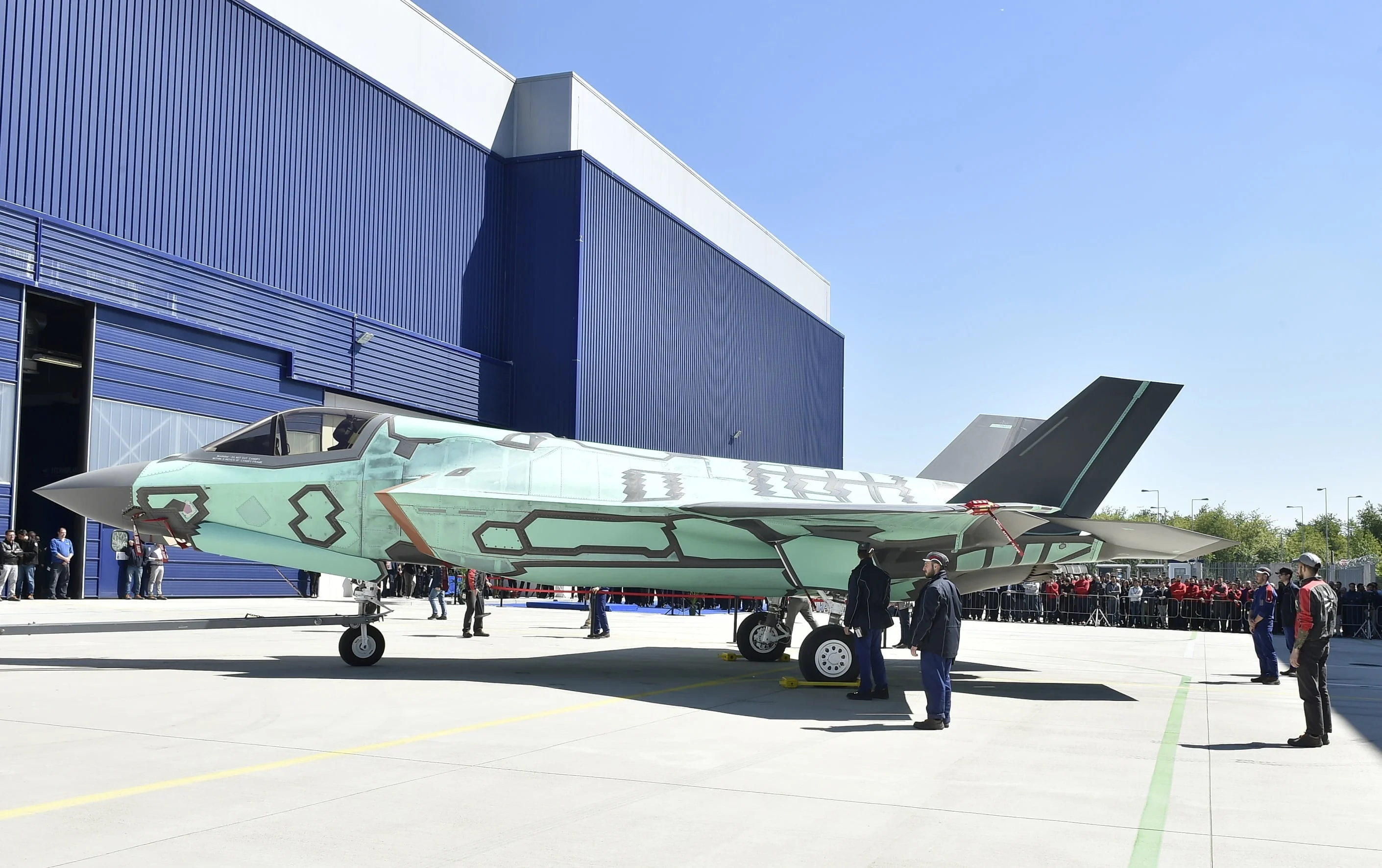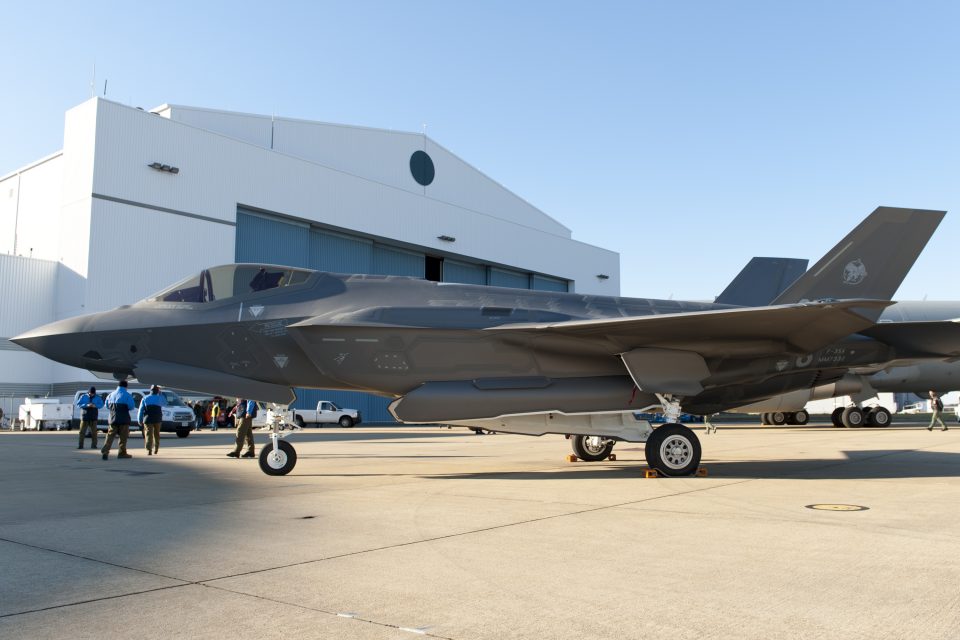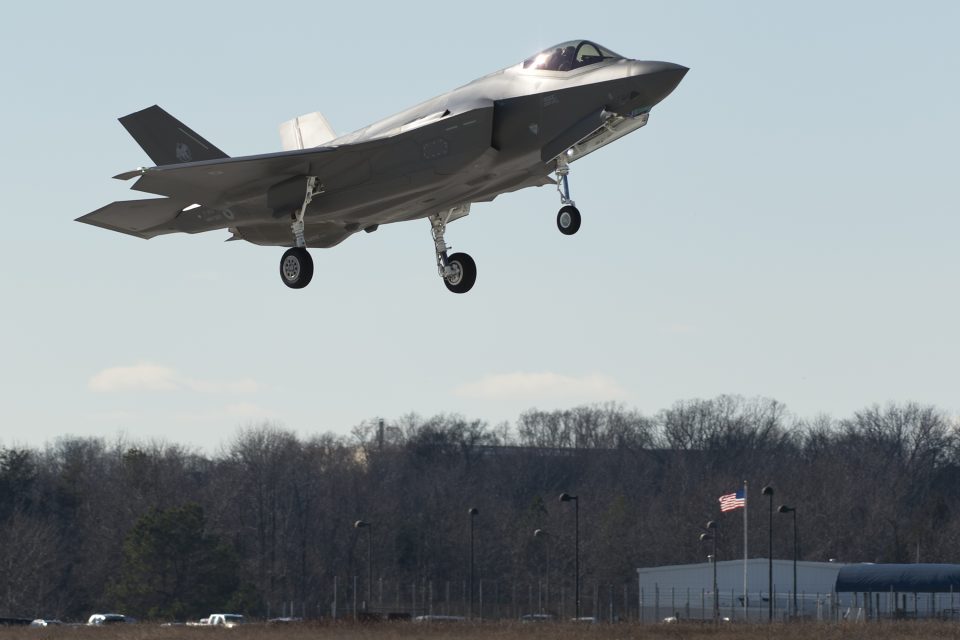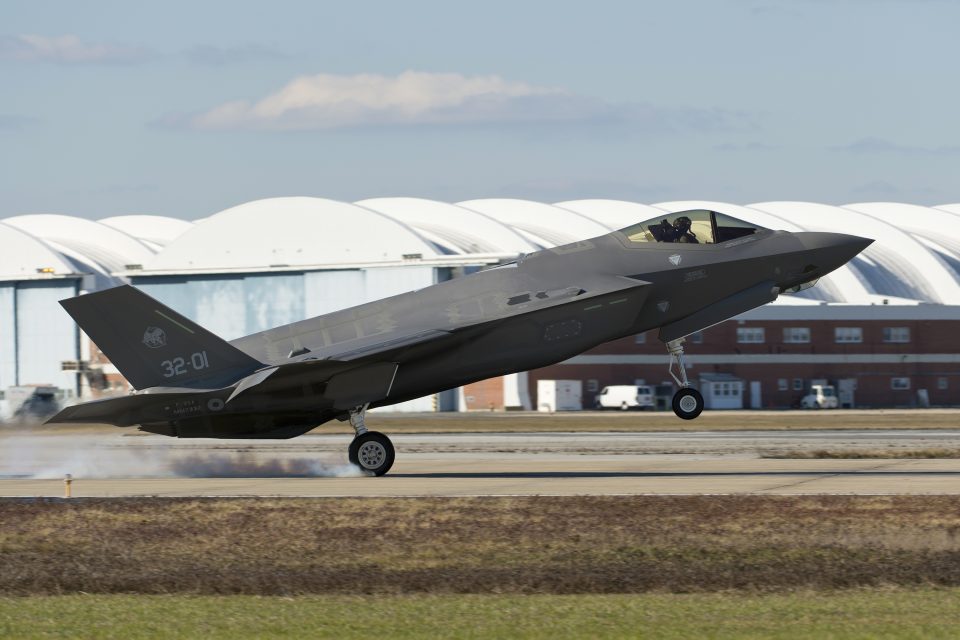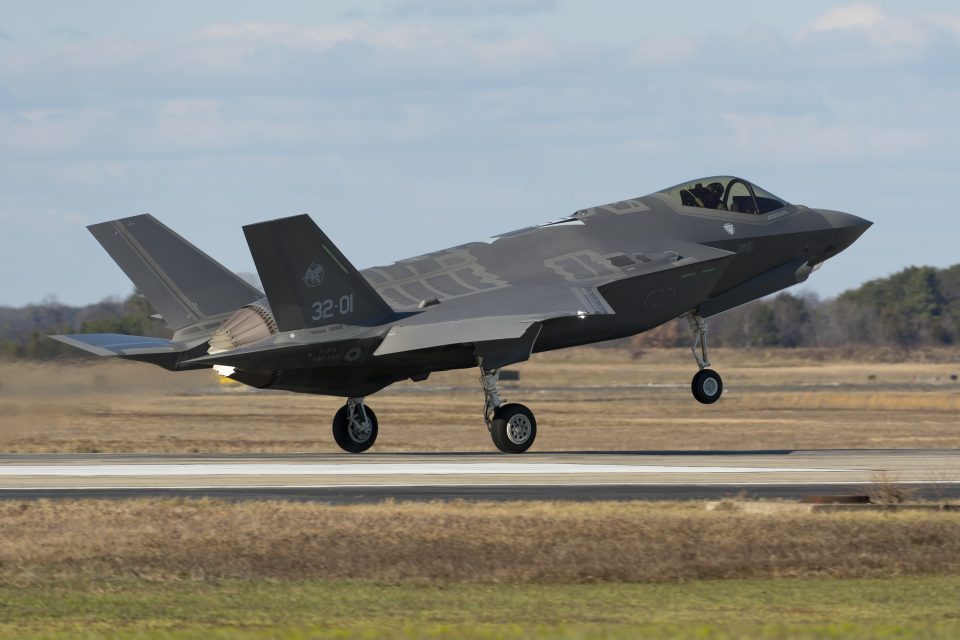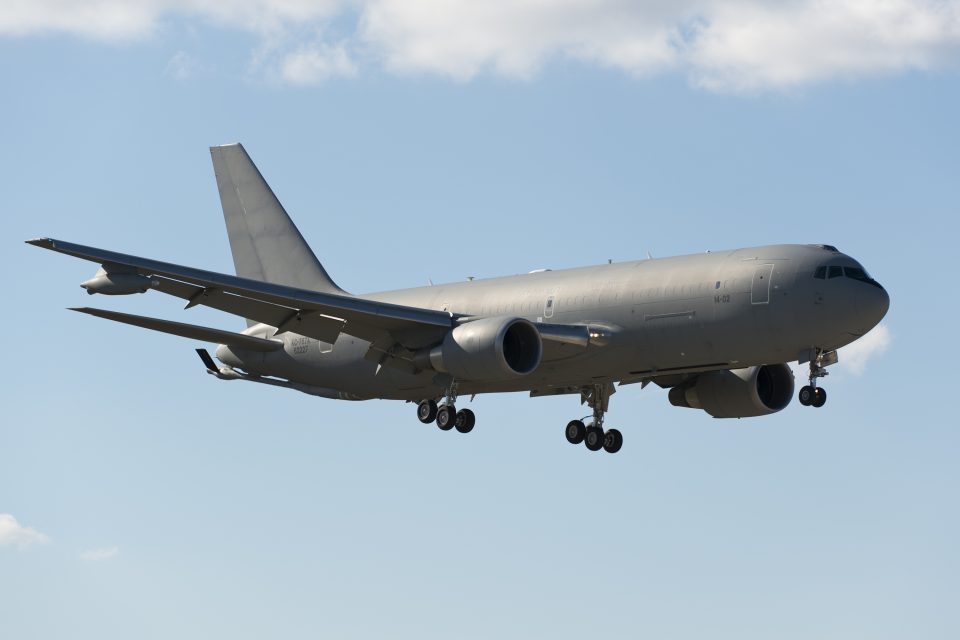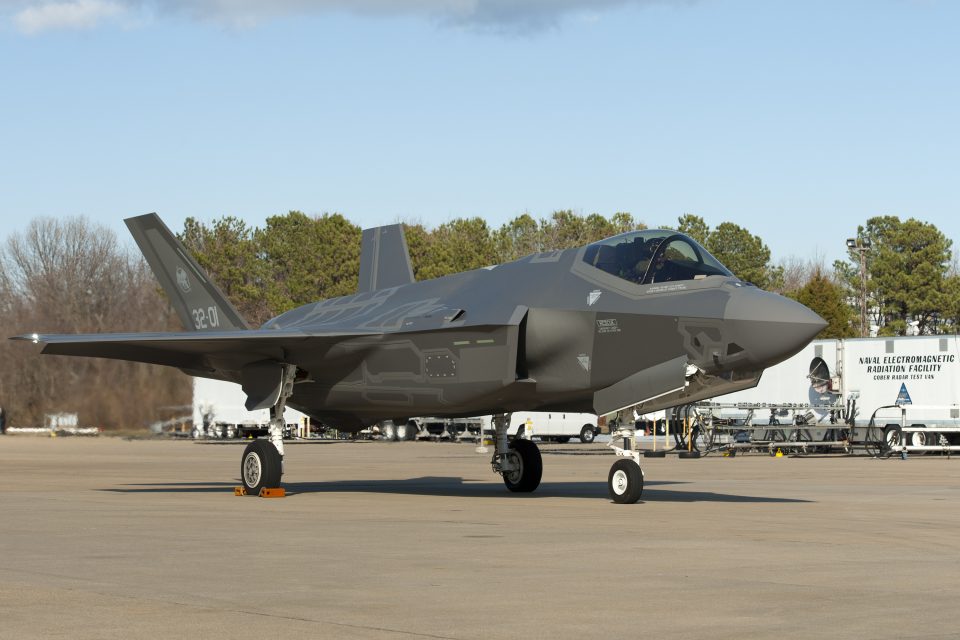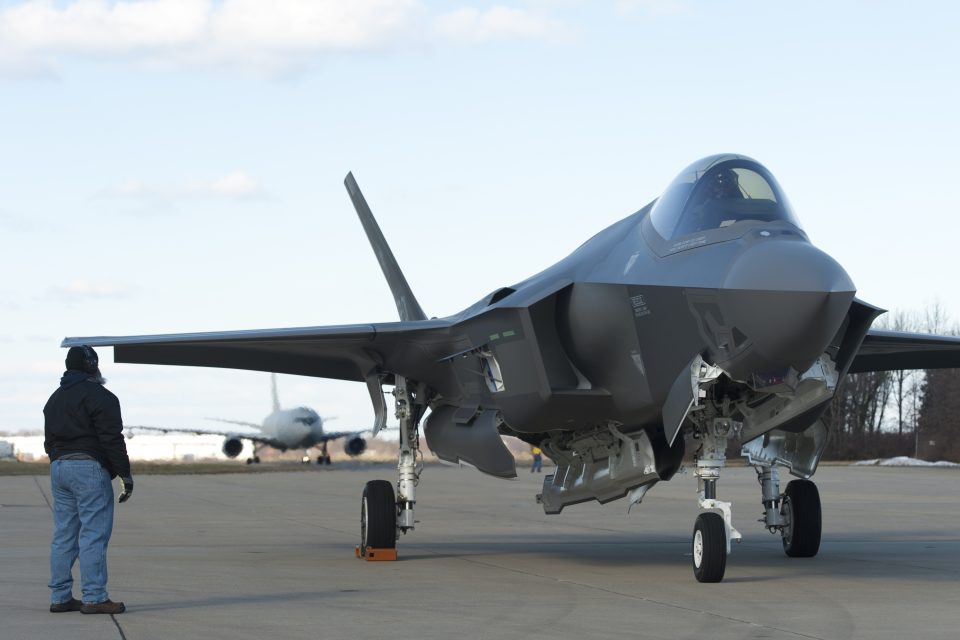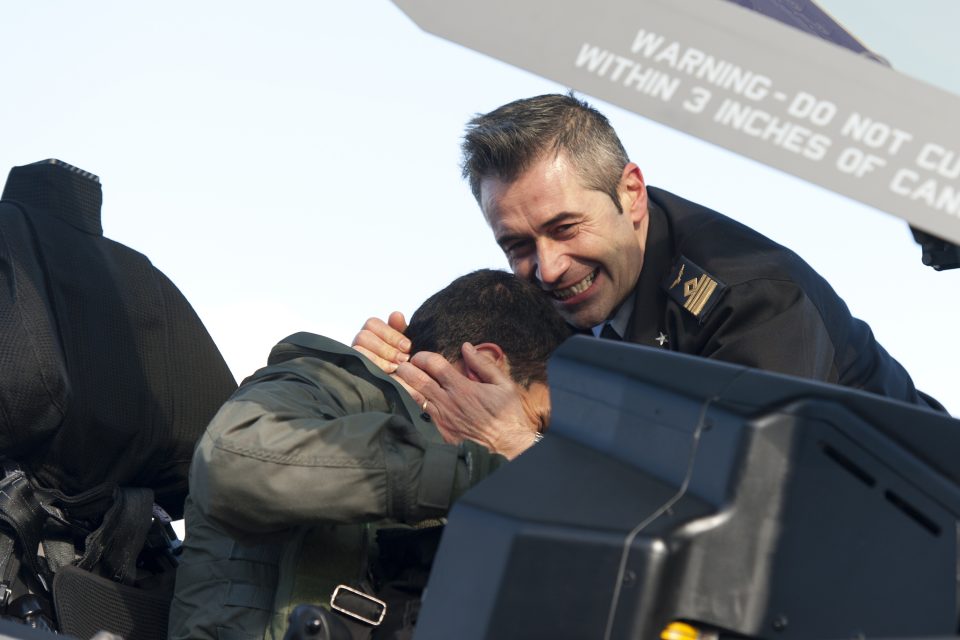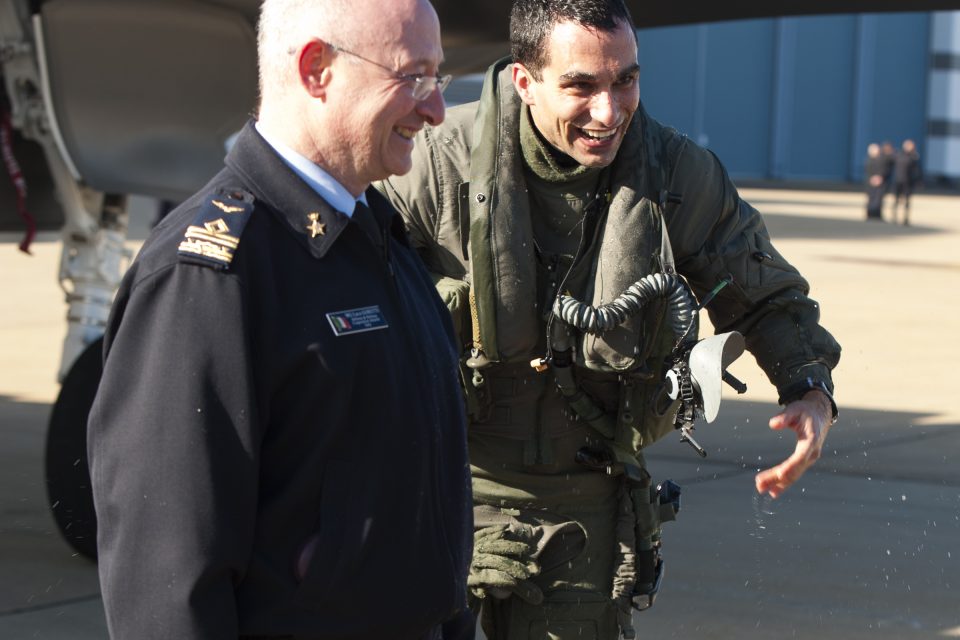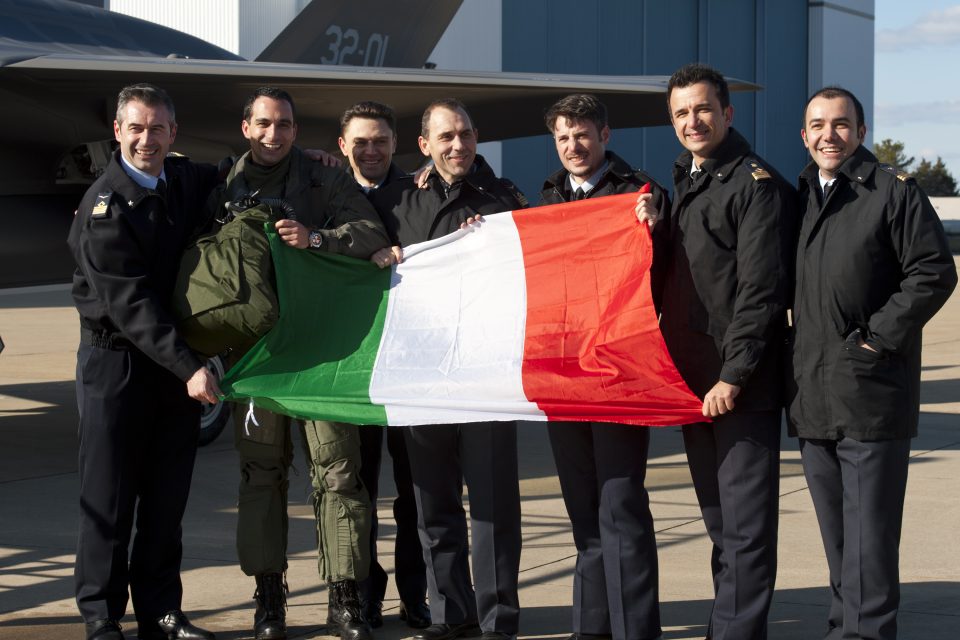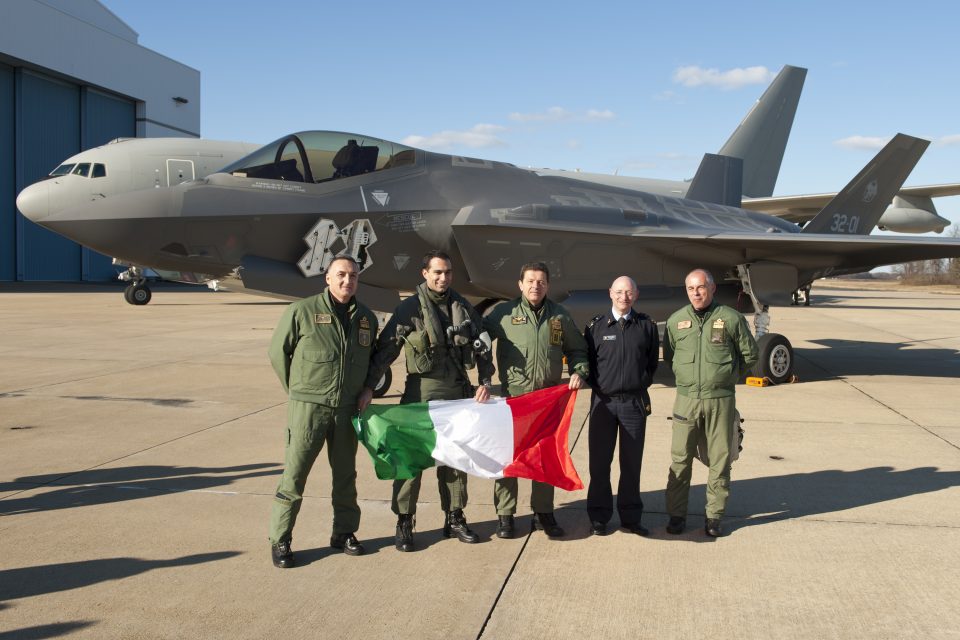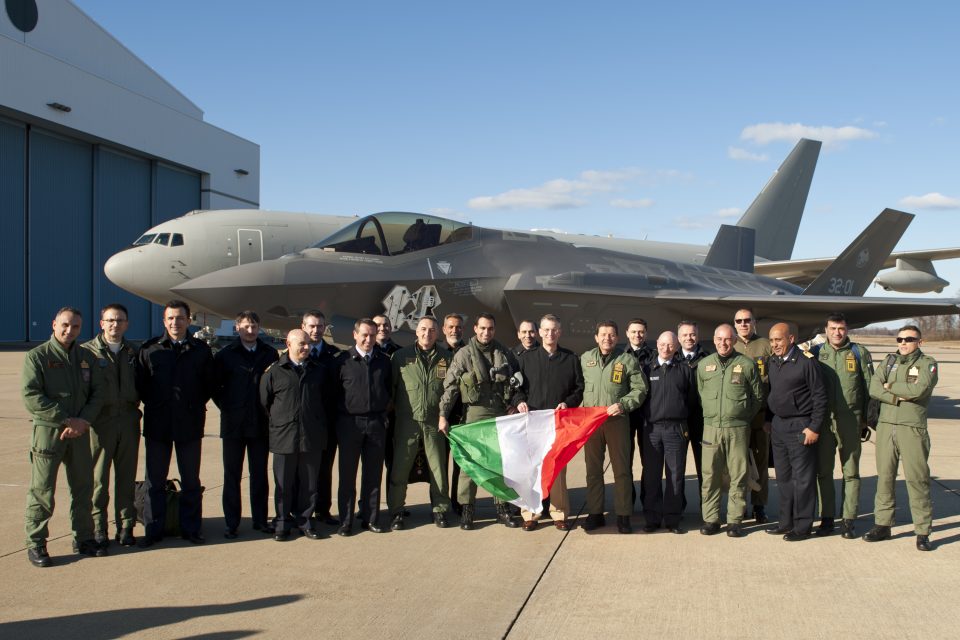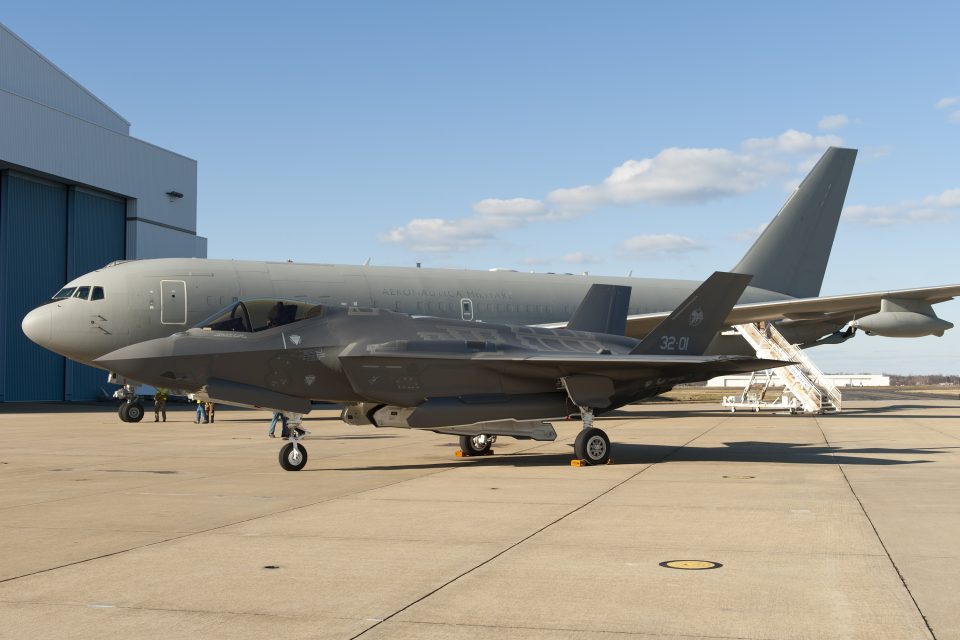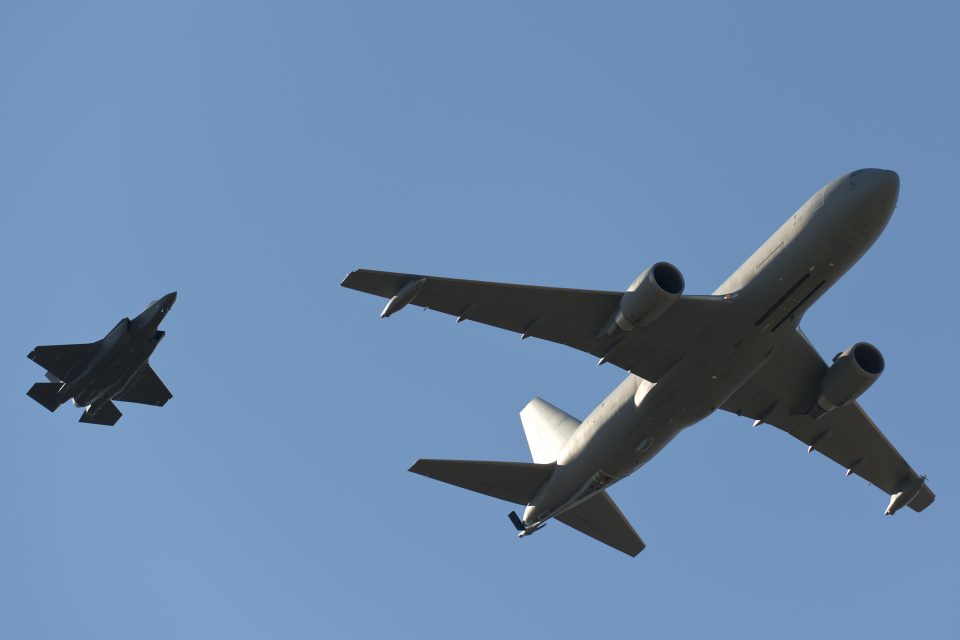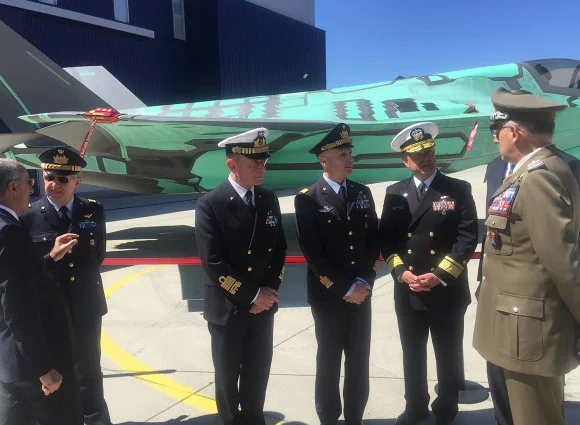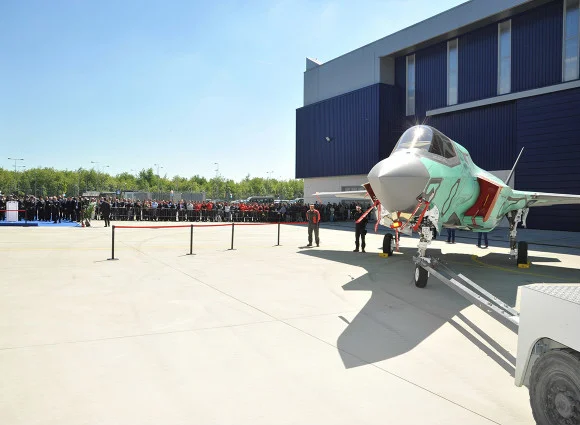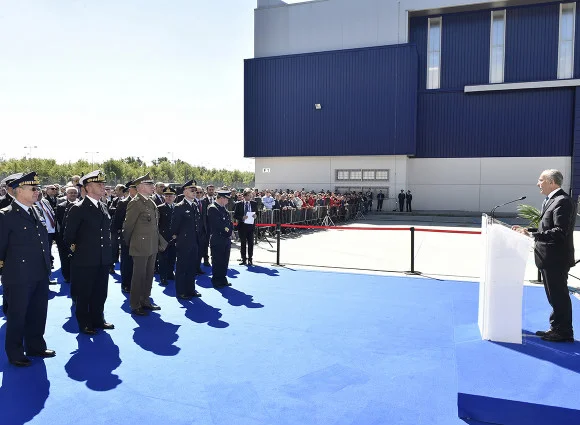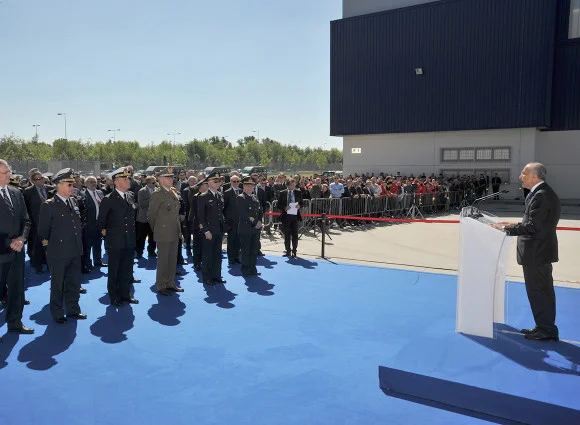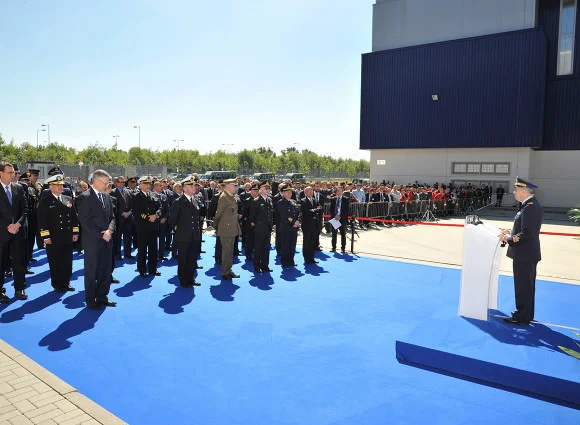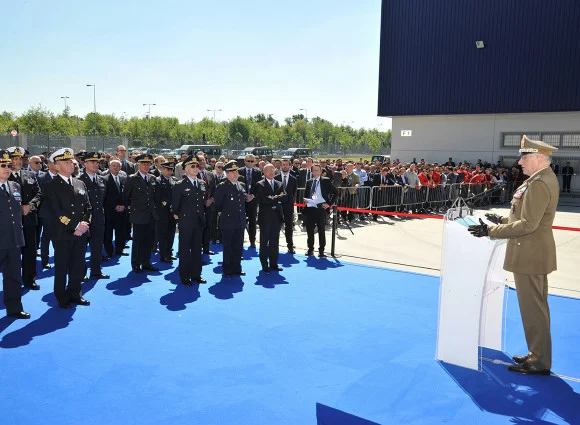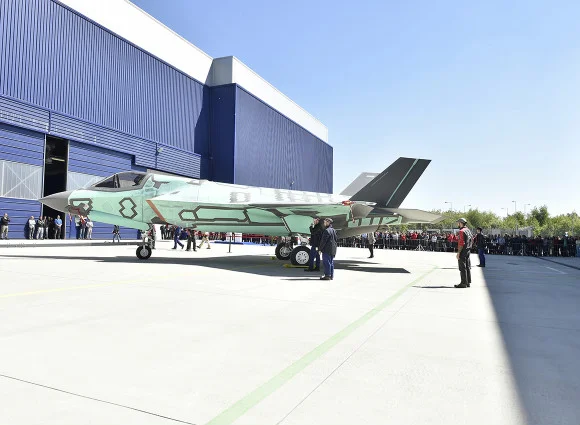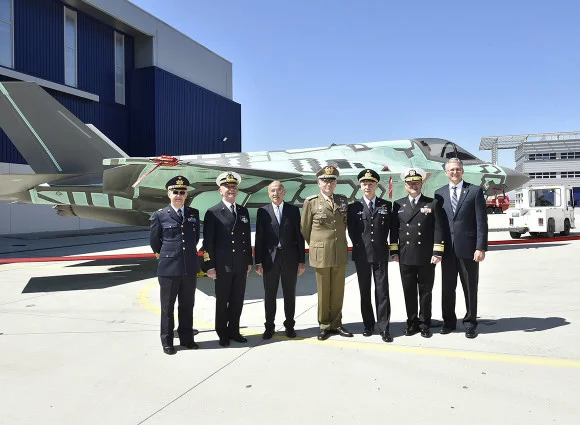2017-05-07 By Robbin Laird
In a 2015 piece, I highlighted three historic firsts for Italy in the F-35 program delivered in 2015.
LUKE AIR FORCE BASE, Ariz. — At the beginning of the 20th Century, Italy was a pioneer in combat aviation.
Although different at the beginning of the 21st century, Italy has again emerged as an important player in military aviation.
They are key players in the two key 21st century multinational military aviation industrial coalitions, Eurofighter and F-35, as well as establishing a center of excellence for pilot training along with introducing one of the best 21st century trainers, the Aermacchi M-346…..
The Italians like the British are undergoing a double transition, whereby the Eurofighter is being modernized in two ways, namely, subsuming Tornado missions and replacing the Tornado and adding a new AESA radar to the airplane and introducing the F-35 to help shape joint force transformation.
The Italians have built a significant facility at Cameri air base to build the F-35, wings for F-35s and to provide sustainment for the operational fleet throughout the region as well.
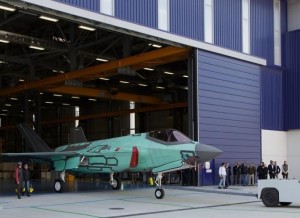 The first Italian F-35 leaves the factory at Cameri in March 2015.
The first Italian F-35 leaves the factory at Cameri in March 2015.
Earlier this Fall, the first F-35 came off of the Cameri line and flew successfully in Italian Air Space.
The facility was built in only four years and the first flight was ahead of schedule.
On Sept. 7, the first F-35A assembled outside the US, made its very first flight from Cameri airbase.
The aircraft, designated AL-1, is the first of eight aircraft currently being assembled at the Final Assembly and Check Out (FACO) facility at Cameri, in northwestern Italy.
During the flight, that lasted about 1,5 hours, the F-35A was escorted by a Eurofighter Typhoon.
As Secretary Wynne, the man who started the talks on building the Italian facility with the Italians put it with regard to the importance of the event:
“This flight makes the F-35 truly an international program.”
Lt. General Preziosa noted “the quality of the aircraft which has come off of the Italian line clearly demonstrates the competence of our industry and the importance of our strategic partnerships with U.S. and global defense industry. The fact that the Dutch Air Force will buy planes from the Italian line is also a recognition of the quality of the Italian effort……
After the first flight of an F-35 built outside of the United States, came the first flight of an Italian pilot of an F-35 at Luke AFB.
On November 5, 2015, Italian pilots flew a USAF F-35A and an Australian F-35A, becoming the first Italian pilots to fly the airplane….
Now the First F-35 built outside of the United States has been officially delivered to the Italian Air Force customer
Next up was another first, the first F-35 flown across the Atlantic.
On Feb. 5, 2016, the Italian Air Force’s first F-35, AL-1 with code “32-01” and markings of the 32 Stormo Wing landed at Naval Air Station Patuxent River, Maryland, at the end of the JSF’s first ever transatlantic flight.
The aircraft was piloted by “Ninja,”an Italian Air Force test pilot, belonging to the Reparto Sperimentale Volo (Test Wing) from Pratica di Mare, and who had successfully completed his initial F-35 flight training at Luke AFB in November 2015.
To put this in perspective, the pilot had only 50 flight hours of F-35 flying experience.
And the Lightning II which Ninja flew across the North Atlantic in winter had only 15 flight hours on before he took off on his historic flight. 32-01was the first plane to came off of the Italian assembly line at Cameri Italy.
And this was done in the middle of winter, flying in and out of cloud layers over the turbulent North Atlantic against 120-knot headwinds. It was remarkable flying.
And now the latest first – the first F-35B ever built outside of the United States.
This past Friday, the first Italian built F-35B rolled out of the factory to a Ministry of Defence sponsored ceremony.
According to a press releases published on May 5, 2017:
The first Short Take-Off/Vertical Landing version of the F-35, or F-35B, assembled outside the United States rolled out of the Final Assembly and Check Out (FACO) facility here today.
The rollout exhibits the ongoing strong partnership between the Italian Ministry of Defense, industry partner Leonardo and Lockheed Martin (NYSE: LMT).
The Italian FACO is owned by the Italian Ministry of Defense and is operated by Leonardo in conjunction with Lockheed Martin with a current workforce of more than 800 skilled personnel engaged in full assembly of the Conventional Take-off/Landing F-35A and F-35B aircraft variants and F-35A wing production.
Gen. Claudio Graziano, Italian chief of defense, Gen. Carlo Magrassi, secretary general of defense/director of National Armament, Adm. Mathias Winter, deputy program executive officer at the F-35 Joint Program Office, Filippo Bagnato, Leonardo Aircraft Division’s Managing Director, and Doug Wilhelm, Lockheed Martin F-35 Program Management vice president, spoke at the milestone event.
“Italy is not only a valued F-35 program partner that has achieved many F-35 program ‘firsts’, but is also a critical NATO air component force, providing advanced airpower for the alliance for the coming decades,” Wilhelm said.
“Italian industry has participated in the design of the F-35 and Italian industry made components fly on every production F-35 built to date.”
BL-1’s first flight is anticipated in late August and it is programmed to be delivered to the Italian Ministry of Defense in November. In addition, two Italian F-35A aircraft will deliver from Cameri this year, the first by July and the second in the fourth quarter.
To date, seven F-35As have been delivered from the Cameri FACO; four of those jets are now based at Luke Air Force Base, Arizona, for international pilot training and three are at Amendola Air Base, near Foggio on the Adriatic coast.
The Aeronautica Militare (Italian Air Force) has already flown more than 100 flight hours in its Amendola-based F-35As.
After a series of confidence flights from Cameri, an Italian pilot will fly their first F-35B jet to Naval Air Station Patuxent River, Maryland, early in 2018 to conduct required Electromagnetic Environmental Effects certification.
The next Italian F-35B aircraft is scheduled for delivery in November 2018.
The Cameri FACO has the only F-35B production capability outside the United States and is programmed to produce a total of 30 Italian F-35Bs and 60 Italian F-35As, along with 29 F-35As for the Royal Netherlands Air Force, and retains the capacity to deliver to other European partners in the future.
The Italian FACO is also producing 835 F-35A full wing sets to support all customers in the program.
The FACO was selected by the U.S. Department of Defense in 2014 as the F-35 Lightning II Heavy Airframe Maintenance, Repair, Overhaul and Upgrade facility for the European region.
The 101-acre facility includes 22 buildings and more than one million square feet of covered work space, housing 11 assembly stations, and five maintenance, repair, overhaul, and upgrade bays.
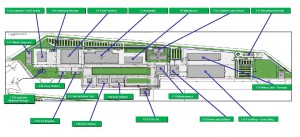 The 22 Building F-35 Facility at Cameri: Credit: Italian Ministry of Defense
The 22 Building F-35 Facility at Cameri: Credit: Italian Ministry of Defense
On September 7, 2015, the first Italian-produced F-35 built at the Cameri FACO made the first international flight in F-35 program history, and in February 2016, the F-35A made the program’s first trans-Atlantic crossing. In December 2016, the Italian Air Force’s first F-35s arrived at the first in-country base, Amendola AB.
The F-35 Lightning II is a 5th generation fighter, combining advanced stealth with fighter speed and agility, advanced mission systems, fully fused sensor information, network-enabled operations and cutting-edge sustainment.
Three distinct variants of the F-35 will replace the A-10 and F-16 for the U.S. Air Force, the F/A-18 for the U.S. Navy, the F/A-18 and AV-8B Harrier for the U.S. Marine Corps, and a variety of fighters for at least 11 other countries.
The Italian F-35As and Bs replace the legacy Panavia Tornado, AMX and AV-8B aircraft. More than 200 production F-35s have been delivered fleet-wide and have flown more than 90,000 flight hours.
The Italians will be getting an F-35B which former chief of staff of the Italian Air Force General Preziosa described in an interview with me as follows:
“We studied the issue carefully and for the kind of missions we face we needed the flexibility which the B can add to the fleet.
We need to go to the mission not the airfield. We will operate in many areas where there are only short runways; the B allows us to operate in those conditions.
We can mix the fleet and operate at sea on land, on our own ships or own others. It is the kind of flexibility, which we see as crucial to a 21st century setting.
I will give you an example of what we don’t want.
We planned to operate with the USMC in Afghanistan.
But we were three months later in the deployment than we intended because our Tornados could not operate in the same conditions as the USMC. We had to take three months to build out the air base from which we would operate with them.
Time is crucial to many of the missions in which we will be engaged. The Bs give me a more rapid insertion aircraft.”
https://www.sldinfo.com/a-21st-century-approach-to-airpower-the-italian-air-force-and-the-f-35/
And the coming of the first F-35B to the Italian forces will occur as the UK is standing up its new combat infrastructure at Marham for its F-35Bs.
This could provided significant cross learning between the two air forces and given the establishment of a training center at Marham, perhaps Italian pilots will learn in the UK rather than the US going forward.
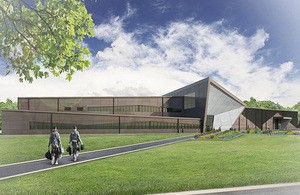 Computer Generated Image of the outside of one of the facilities which is being built at RAF Marham, Norfolk, as part of a programme of works to prepare the station for the arrival of the F-35 Lightning II fleet in 2018.
Computer Generated Image of the outside of one of the facilities which is being built at RAF Marham, Norfolk, as part of a programme of works to prepare the station for the arrival of the F-35 Lightning II fleet in 2018.
In any case, the Italians have another first in aviation history under their belt generated by their first rate factory in Northern Italy.
When Secretary Wynne visited the factory last year this is what he had to say about the achievement:
Question: When you went to Cameri last month, what did you find?
Secretary Wynne: The ideas have been implemented.
They went from concept to reality in a very short period of time.
They have gone from dirt to a first rate 21st century aircraft facility in a very short period of time.
I have significant experience with international co-production programs, such as the F-16. I was the lead negotiator on the F-16. And frankly I never have been to a final assembly facility like the one in Italy abroad for a new build US combat aircraft.
This is unique and they have clearly delivered in terms of commitment and capability. It is a first rate facility.
I want to compliment here both the Italian side and the American side from a standpoint of they have constructed a first-rate quality facility.
The team has done a great job of energizing the Italian workforce of some 800 workers who have taken full possession of the responsibility to deliver on quality and meeting critical engineering standards.
Supervisory and configuration control rests with Lockheed, but the Italians do the rest.
There is real talent on the Italian side at the plant and clearly there is a two way tech transfer process.
The Italians have contributed significant innovations in the smart ways they construct, conceive and execute on wing production and those innovations are then available to the global enterprise for the F-35.
I met with the Italian managers who very impressive. They were enthusiastic and upbeat and they really know their stuff.
For me, this interaction was a real treat.
To see something go from negotiation to reality is very rewarding and you can see that at the Italian FACO. They are well aware that they are not just doing this for themselves but for the entire NATO and Allied coalition.
They are very proud of their broader contribution.
I think this is a program that is bringing about a bigger picture, and it’s not just in manufacturing.
The wellspring of cooperation is seeping into operations without a doubt.
Whereas we had a very good integrated fighting force with the F-16, and the F-15, the truth is that in the information age the F-35 enterprise is about sharing across the board.
Literally, everybody’s F-35 is going to be a node on the network, and I think they get that. They get where the operational construct is going and they’re proud to be a part.
https://www.sldinfo.com/keeping-a-promise-secretary-wynne-visits-the-faco-in-italy/
The photos in the slideshows are credited to the Italian Ministry of Defence.


